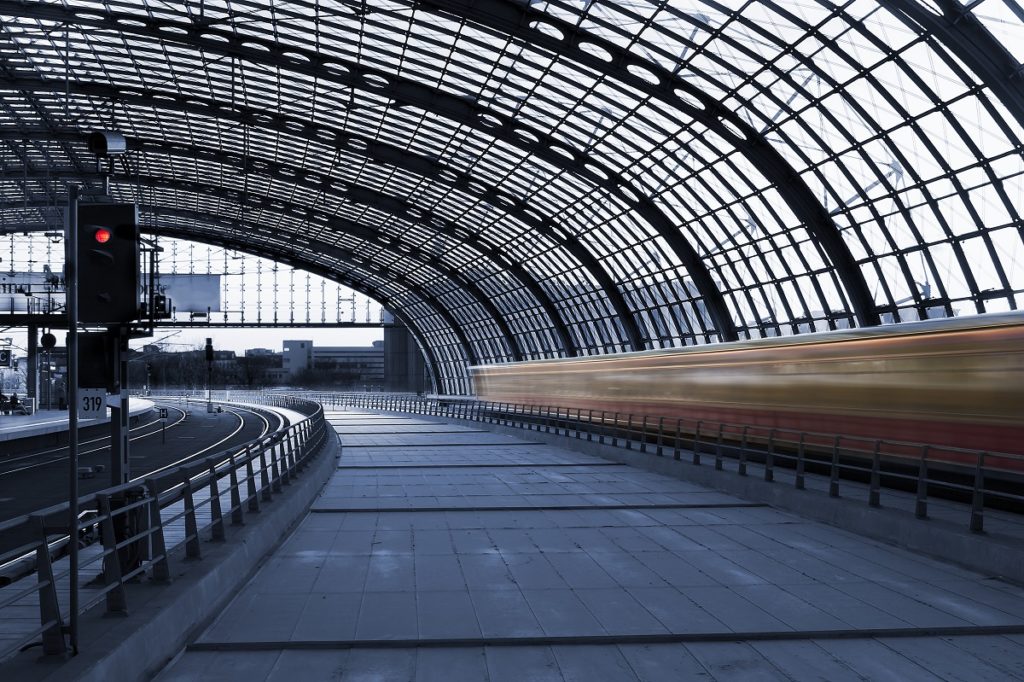America’s Infrastructure Problem is Mostly Just a Maintenance Issue

For years, the American federal government has focused on developing infrastructure. Policy discussions usually highlight the need to build new railways, roads, dams, and bridges to improve the economic backbone of the economy. Although the construction of new infrastructure is undeniably important, this may leave the maintenance of existing transport and infrastructure systems in neglect.
Infrastructure Spending in the 2000s
In the early 2000s, states focused on building more and more roads and bridges without giving much thought to the maintenance aspect of infrastructure. They dedicated more than half of their transportation budget to the construction of new roads and only 43 percent for repairing existing highways. From 2009 to 2011, states slightly increased the maintenance budget to 45 percent, which is roughly $16 billion.
Because states failed to think long-term and devote money and effort into preserving infrastructure, it led to the deterioration of roads nationwide. The number of transport systems in poor condition increased from 17 percent in 2008 to 21 percent in 2011. The country needs about $45.2 billion per year to repair and rehabilitate major roads, making the $16 billion budget insufficient.
The Current Infrastructure Condition
 The American Society of Civil Engineers evaluated the overall infrastructure system – including but not limited to aviation, energy, and drinking water – of the US and gave it a D+ in the 2017 Infrastructure Report Card. The ASCE publishes this every four years and gave the same rating in 2013.
The American Society of Civil Engineers evaluated the overall infrastructure system – including but not limited to aviation, energy, and drinking water – of the US and gave it a D+ in the 2017 Infrastructure Report Card. The ASCE publishes this every four years and gave the same rating in 2013.
Infrastructure issues are not limited to road potholes. Although plenty of highways are aging and in desperate need of asphalt repairs or repaving, other forms of infrastructure also need attention.
For example, internet connection, which is now considered a fundamental component of the economy, is still not available in various neighborhoods in America. A study by the Brookings Institution shows that in 2017, seven percent of Americans do not have access to a fast and reliable broadband connection.
Another major infrastructure disaster is the Oroville Dam spillway crisis. The main and emergency spillways of the nearly 50-year-old dam failed, causing almost 200,000 people living downstream from the structure to evacuate. Like the Oroville Dam, most dams in America are aging, with the average age being 56 years.
$1 Trillion Infrastructure Plan
Because infrastructure maintenance issues are becoming more and more apparent each year, the current administration decided to renew its $1 trillion infrastructure plan for 2020, which it originally planned for 2018. The fact-sheet released alongside the budget highlights the urgent need for the repair, expansion, and modernization of infrastructure.
The 2020 budget allots $2 billion on addressing the congestion and bottlenecks of freight networks, $1 billion for surface transportation projects in urban and rural communities, and $300 million for rehabilitating or replacing rural bridges that are in poor condition.
The $1 trillion budget also allots $200 billion in new spending; with $10 billion going to the establishment of a Federal Capital Revolving Fund. But the administration has yet to allocate the remainder of the $200 billion portion, with the help of Congress.
Maintenance and investments are important in revitalizing America’s infrastructures to keep the economy moving. Without these, infrastructure networks will continue to age and deteriorate and eventually hamper the country’s economy.




